AFTERLAND
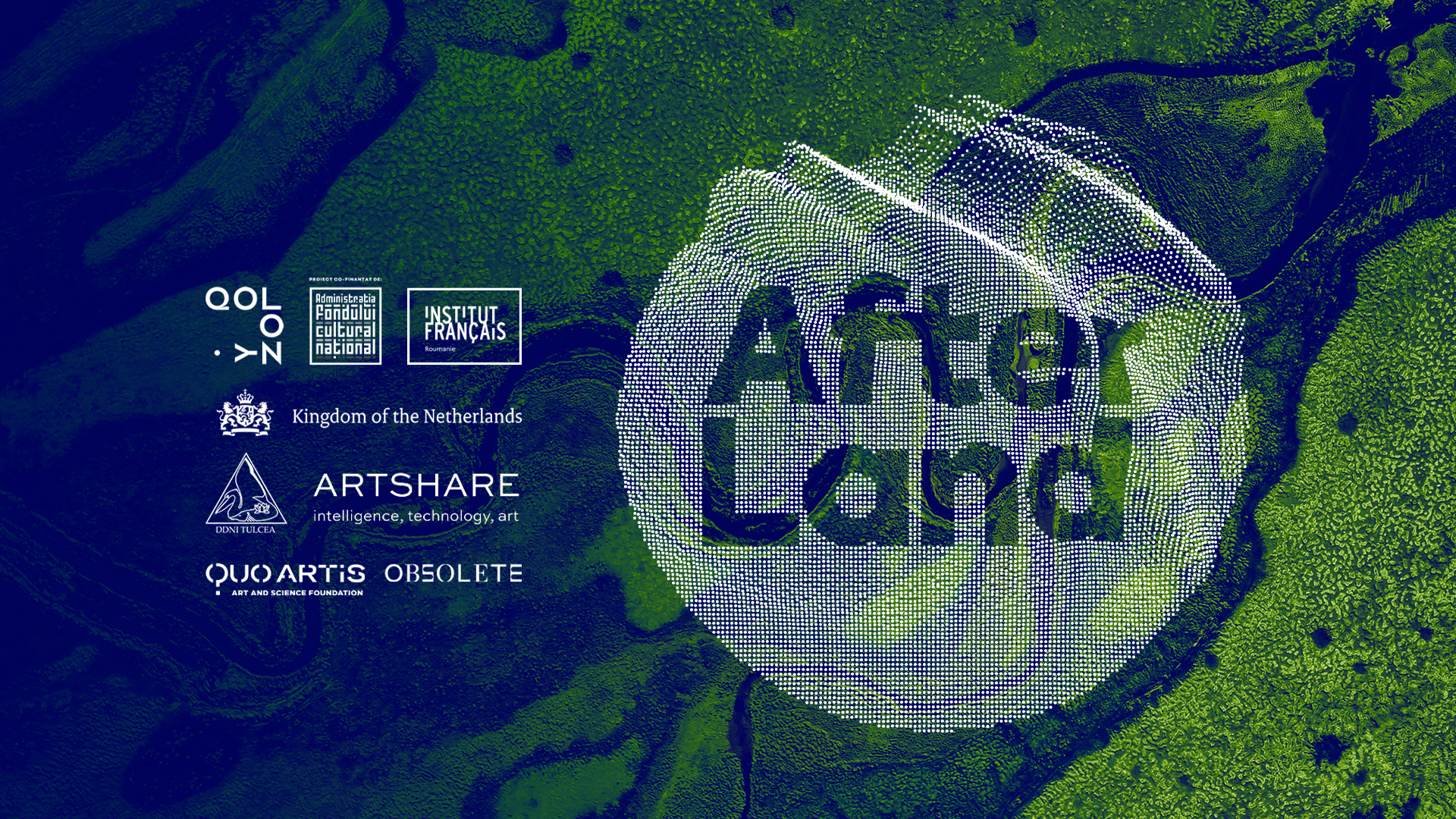
AfterLand is an artistic research project with a focus on the social and ecological sustainability of the Danube Delta. The project’s aim is to bring into discussion and critically evaluate the potential for catalyzing social change through an integrated art-science approach. Artists, scientific researchers, and social analysts will investigate and address local needs for the conservation of heritage, biodiversity, and culture, presenting these narratives in the form of a mixed exhibition of interactive artistic works. The involvement of artists in such research projects has become an essential element and a powerful means of addressing sensitive issues, providing a platform to stimulate reflection on human behavior and how it can positively impact society and the environment. The project will take the form of a symposium, followed by an exhibition dedicated to identifying and presenting narratives that can serve both as triggers and motivators for dialogue between artistic, scientific, and humanistic disciplines, as well as a means of investigating and presenting artistic research as a significant part of broader interdisciplinary research.
MEET THE ARTISTS
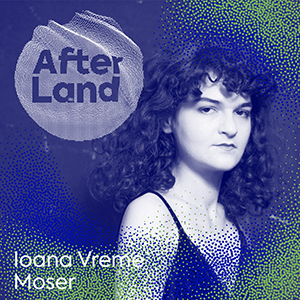 Ioana Vreme Moser
Ioana Vreme Moser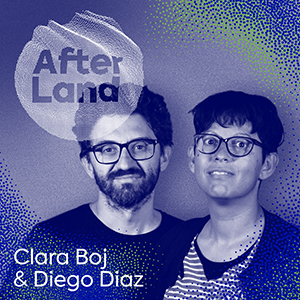 Clara Boj & Diego Diaz
Clara Boj & Diego Diaz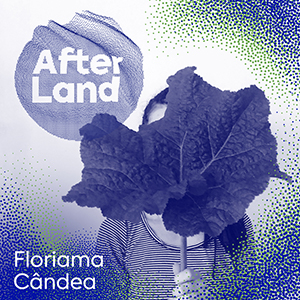 Floriama Cândea
Floriama Cândea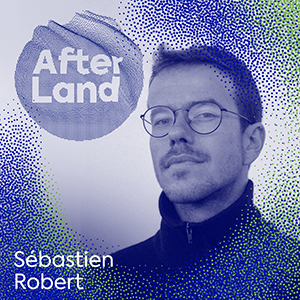 Sébastien Robert
Sébastien Robert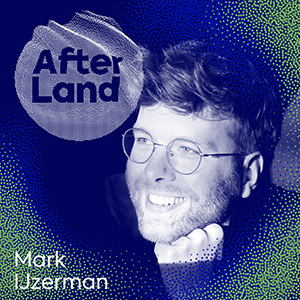 Mark IJzerman
Mark IJzerman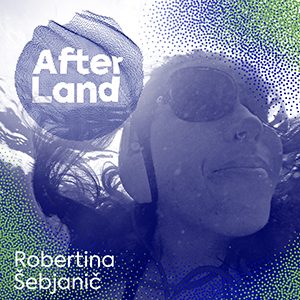 Robertina Šebjanič
Robertina ŠebjaničEXPO
AfterLand explores the complex and multiple dynamics between humans, nature and technology. By addressing the entanglement between human activity, the preservation of the environment and the potential of alternative technologies, the exhibition encourages us to imagine new perspectives.
Water is the symbol par excellence of life on Earth, essential to the fragile balance of the planet’s human and natural ecosystems. Bodies of water, and wetlands in particular, serve as essential habitats for many aquatic and terrestrial species and organisms, shaping biodiversity, but also act as natural filtration systems and carbon sinks, influencing climate patterns. Not to forget that water is also cultural, social, economic and political ; all over the world, societies have been built and organized around watercourses, which have ensured agricultural productivity, forest health, urban development, military power, commercial trade and the cultural wealth of communities throughout history. But the expansion of human activities have provoked a series of unprecedented ecological disasters. We not only lost the balance, we are continuing to alter nature’s cycles. Now, more than ever, it is vital to reverse the trend and move towards a form of recovery. So, when we’re faced with such a vast and intertwined theme, where can we start? And what role do art play in all this?
By addressing the ecological dimension of water and land, AfterLand argues in favor of a sustainable and resilient future, where empathy and benevolence between humans and more-than-humans are the watchwords. Through the prism of the different artists invited, we propose to discover several situations and perspectives linked to land and water territories, and recontextualise them in a given time and space. Both realistic and metaphorical, the presented works address land use, deforestation, fluidics as an alternative to electronics, micro life and macro views on our lands, all highlighting the importance of adopting a holistic and integrated approach to ecology.
The particularity of the participating artists lies in their practice; all of them place a huge emphasis on artistic research, working at the crossroads of disciplines and valuing the collaborative aspect. By tackling such a challenging theme, they bring us into the heart of rich, poetic works with complex levels of interpretation and, above all, invite us to think about the alternatives available to us.
curators: Diane Pricop, Floriama Candea Photos: Tudor Codre Isac
A TRIP TO DANUBE DELTA
What can be art’s role when it encounters wild, beautiful areas such as wetlands? What can we learn from such complex ecosystems and their human and non-human inhabitants? What types of cultural and artistic projects can be produced in balance with nature, science, and local communities? The AfterLand projects hosted seven artists in the Danube Delta, together with cultural managers from QuoArtis Foundation , ARTSHARE , and Obsolete Studio , tradition keepers, and slow tourism promoters such as Muzeul Ivan Patzaichin , and scientists from the National Research and Development Institute in the Danube Delta. Together, they explored and tried to understand the Danube Delta habitats and the complex changes in this environment marked by human impact, global warming, farming, or depopulation.
WITH THE SUPPORT OF:

































































